Container homes, also known as shipping container houses, are innovative and sustainable living spaces created from repurposed shipping containers.
With their unique aesthetic appeal, cost-effectiveness, and compact size, container homes have gained immense popularity in recent years. These homes offer an eco-friendly alternative to traditional housing and have become a global trend.
In Miami, where the sunshine and vibrant lifestyle attract residents from all walks of life, the topic of container homes is of great relevance.
Many Miami residents are exploring container home options not only as an affordable housing alternative but also as an opportunity to embrace sustainable living and the city’s thriving art scene.
However, before embarking on the journey of building or purchasing a container home in Miami, it is crucial to understand the legal aspects surrounding this type of dwelling.
Let’s delve into the regulations and discover whether container homes are indeed legal in Miami. By knowing the facts, you can confidently explore this exciting housing solution while ensuring compliance with local laws and regulations.
Table of Contents
Zoning Regulations in Miami
When it comes to building container homes in Miami, it is crucial to understand the zoning regulations that govern the city.
Zoning regulations are put in place to ensure that the city maintains a cohesive and organized structure, while also allowing for growth and development.
These regulations have a significant impact on whether container homes are permitted in certain areas of Miami. Note that understanding the different types of structures that are allowed in each area is key to determining the feasibility of building a container home in the desired location.
Read More on Ultimate Truth On Is It Cheaper To Build A Container Home?
Types of Structures Allowed
As I have noted in passing, in different areas of Miami, there are specific regulations regarding the types of structures that are permitted. These regulations dictate whether container homes are subject to restrictions or completely prohibited.
Depending on the location, some areas may allow container homes as long as they meet certain requirements, such as size limitations or design guidelines. Other areas may have stricter regulations that completely prohibit container homes.
Specific Information on Container Homes
Without a doubt, to determine whether container homes are legal in Miami, it is essential to gather specific information on the regulations and restrictions surrounding these structures.
This information will provide clarity on whether container homes are permitted, what requirements must be met, and any additional restrictions that may apply.
It is crucial to thoroughly research and understand these regulations before embarking on a container home project in Miami.
Building Codes and Permits
Building codes in Miami are regulations that govern the design, construction, and maintenance of structures to ensure safety and health standards. These codes are put in place to protect both the occupants and the surrounding community.
When it comes to container homes in Miami, their legality is closely tied to meeting building codes. Just like any other type of residence, container homes must adhere to these codes to be considered legal.
To obtain the necessary permits for building a container home in Miami, it is essential to follow the proper process. The process typically involves the following steps:
A. Obtaining Building Permits
Before construction can begin, individuals or contractors must apply for building permits from the local building department in Miami. These permits ensure that the proposed container home meets all building codes and regulations.
To obtain building permits, applicants usually need to submit detailed plans and specifications of the container home, including structural designs, electrical and plumbing systems, and any other relevant documentation.
The building department will then review the plans to verify compliance with the building codes. If the plans meet all the requirements, the permits will be issued, allowing construction to proceed.
Read More on How To Get Permits For Container Homes In Florida
B. Inspections for Container Homes in Miami
Throughout the construction process, inspections will be conducted by the building department to ensure that the container home is being built in accordance with the approved plans and building codes.
These inspections help identify any potential safety hazards and ensure that the structure is sound and up to par.
Common inspection stages may include foundation, framing, plumbing, electrical, and final inspection. It is essential to schedule these inspections promptly to avoid any delays or issues in the permit approval process.
C. Certificates of Occupancy
Once the construction is complete, and all necessary inspections have been passed, a certificate of occupancy may be issued.
This certificate grants permission to occupy the container home legally. It signifies that the structure meets all the required building codes and is safe for habitation.
It’s important to note that the requirements and processes for building permits may vary depending on the specific location within Miami. It’s advisable to consult with local authorities or hire professionals experienced in container home construction to navigate the permit process smoothly.
Container Home Design and Construction Guidelines
Designing and constructing a container home requires careful consideration and adherence to specific guidelines to ensure compliance with local regulations.
These guidelines play a crucial role in creating safe, functional, and legally compliant container homes in Miami.
Importance of Design and Construction Guidelines
Design and construction guidelines for container homes serve a significant purpose in ensuring the structural integrity and safety of these unique dwellings.
With Miami’s unique climate and environmental conditions, it is essential to follow these guidelines to mitigate potential risks and hazards.
Moreover, these guidelines provide a framework for addressing key design aspects such as insulation, ventilation, and structural modifications required to meet building codes and permit requirements.
Read More on What Is The Cost Of Constructing A Shipping Container Home?
Specific Guidelines in Miami
When it comes to container home design in Miami, there may be specific guidelines aiming to maintain the city’s architectural aesthetics and preserve the character of various neighborhoods.
These guidelines might include restrictions on exterior modifications, colors, and material choices to ensure cohesiveness within the neighborhood.
Furthermore, Miami’s guidelines may require professional architectural drawings and structural assessments to ensure that the container home meets necessary safety and code standards.
Compliance with these guidelines ensures that your container home seamlessly integrates into the existing fabric of the city.
Ensuring Compliance with Local Regulations
By following the design and construction guidelines in Miami, you can be confident that your container home complies with local regulations and building codes.
These guidelines help you navigate the complex landscape of permits and approvals, ensuring that your project meets all legal requirements.
Additionally, compliance with these guidelines reduces the risk of potential issues during inspections and ensures a smoother process when obtaining necessary permits for your container home construction.
Location and Neighborhood Restrictions
In addition to zoning regulations and building codes, it is important to be aware of any location-specific restrictions that may impact the legality of container homes in Miami.
A. Neighborhood Restrictions
Certain neighborhoods or locations within Miami may have additional regulations or restrictions for different types of constructions, including container homes. It is crucial to research and understand these specific requirements before starting your container home project.
B. Homeowners’ Associations, Historical Districts, and Coastal Areas
Furthermore, if your property falls under the jurisdiction of a homeowners’ association (HOA), historical district, or is located in a coastal area, there might be additional rules and guidelines that you need to consider.
C. Implications for Container Home Construction
These restrictions can have an impact on various aspects of container home construction. For example, they may dictate the exterior design, material choices, or even the overall height and size limitations.
It is essential to understand and comply with these regulations to ensure the legality and approval of your container home project.
Environmental Considerations
When it comes to container homes in Miami, environmental considerations play a crucial role in ensuring sustainable and responsible construction practices.
A. Overview of Miami’s Environmental Regulations and Their Impact on Container Homes
Miami has established strict environmental regulations to protect its unique ecosystem and natural resources. These regulations apply to all types of construction projects, including container homes.
Container home builders must adhere to guidelines set by the Miami-Dade County Department of Environmental Resources Management (DERM) to minimize negative impacts on the environment.
B. Discussion on Potential Restrictions on Material Use and Requirements for Sustainable Building Practices
In order to comply with Miami’s environmental regulations, container homeowners and builders need to consider the materials used in the construction process.
The use of sustainable, eco-friendly materials is highly encouraged. This includes options such as recycled or reclaimed building materials, low VOC (Volatile Organic Compounds) products, and energy-efficient fixtures.
Additionally, container home builders must incorporate proper insulation and ventilation systems to maximize energy efficiency and reduce waste.
While these requirements may add some complexity to the construction process, they ultimately contribute to the environmental sustainability of container homes in Miami.
- Recycled or Reclaimed Materials: Utilizing materials that have been repurposed or salvaged not only reduces waste but also adds unique character to container homes.
- Low VOC Products: Using low VOC paints, adhesives, and sealants helps maintain good indoor air quality and minimizes harmful emissions.
- Energy-Efficient Fixtures: Installing energy-efficient lighting and appliances reduces energy consumption and lowers utility costs.
- Proper Insulation and Ventilation: Well-insulated walls and roofs along with efficient ventilation systems contribute to energy savings and comfort inside container homes.
By adhering to these regulations and incorporating sustainable building practices, container homeowners can create environmentally-friendly homes that align with Miami’s commitment to preserving its natural beauty.
Read More on Are Shipping Container Homes Legal In New York?
Challenges and Potential Hurdles
Building a container home in Miami comes with its own set of challenges and potential hurdles. Before embarking on this unique housing option, it is essential to be aware of the following challenges:
A. Identification of the Challenges Individuals May Face When Building a Container Home in Miami
1. Zoning Restrictions: Miami’s zoning regulations may limit or prohibit container homes in certain areas. It is crucial to research and understand the specific zoning regulations in the desired location before proceeding with any plans.
2. Building Permits: Obtaining the necessary building permits can be a complex process. It is essential to navigate the legal requirements and ensure compliance with all applicable building codes.
3. Structural Integrity: Container homes require careful planning and consideration to ensure structural integrity. Adequate reinforcement and modifications may be necessary to meet safety standards.
4. Utilities and Infrastructure: Connecting container homes to essential utilities such as water, electricity, and sewage systems can present challenges. Existing infrastructure limitations may require additional investment or creative solutions.
B. Information on Navigating the Legal Process and Obtaining Necessary Approvals
1. Understanding Regulations: Navigating the legal process can be overwhelming, but it is vital to familiarize yourself with relevant regulations and seek professional guidance to ensure compliance.
2. Permit Application: Applying for building permits can be time-consuming and complex. Research the specific requirements for container homes and follow the application process diligently.
3. Engaging Professionals: Consulting with architects, engineers, and legal experts who have experience with container homes can help navigate the legal process and obtain necessary approvals.
C. Discussion on Any Limitations or Obstacles That May Arise During the Container Home Construction Process
1. Site Preparation: Depending on the location, the ground may need to be leveled or modified to accommodate the container home. Additional costs and challenges may arise during site preparation.
2. Insulation and Ventilation: Proper insulation and ventilation are essential considerations in container home construction. Adequate insulation materials and ventilation systems may need to be installed to ensure comfortable living conditions.
| Image | Product Title | Features | Price |
|---|---|---|---|
 | Buy on Amazon | ||
 | Buy on Amazon | ||
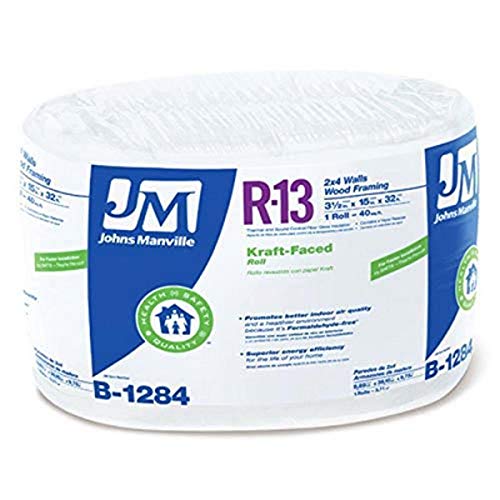 | Buy on Amazon |
3. Size and Layout Constraints: Working with the limited dimensions of shipping containers can present design challenges. It is crucial to plan and optimize the space efficiently to meet your specific needs and objectives.
4. Weather Resistance: Container homes should be able to withstand Miami’s climate, including high humidity, strong winds, and potential hurricanes. Additional reinforcement and weatherproofing measures may be necessary.
By acknowledging and addressing these challenges and potential hurdles, individuals can navigate the process of building a container home in Miami effectively and ensure a successful project.
Read More on Shipping Container Homes In Arizona: Stylish And Affordable
Case Studies and Success Stories
Considering container homes for your Miami residence? Look no further for inspiration! Here, we present real-life examples of successfully built and legally compliant container homes in Miami, highlighting the possibilities and potential outcomes of pursuing this unique housing solution.
Example 1: Beachside Resort-Style Living
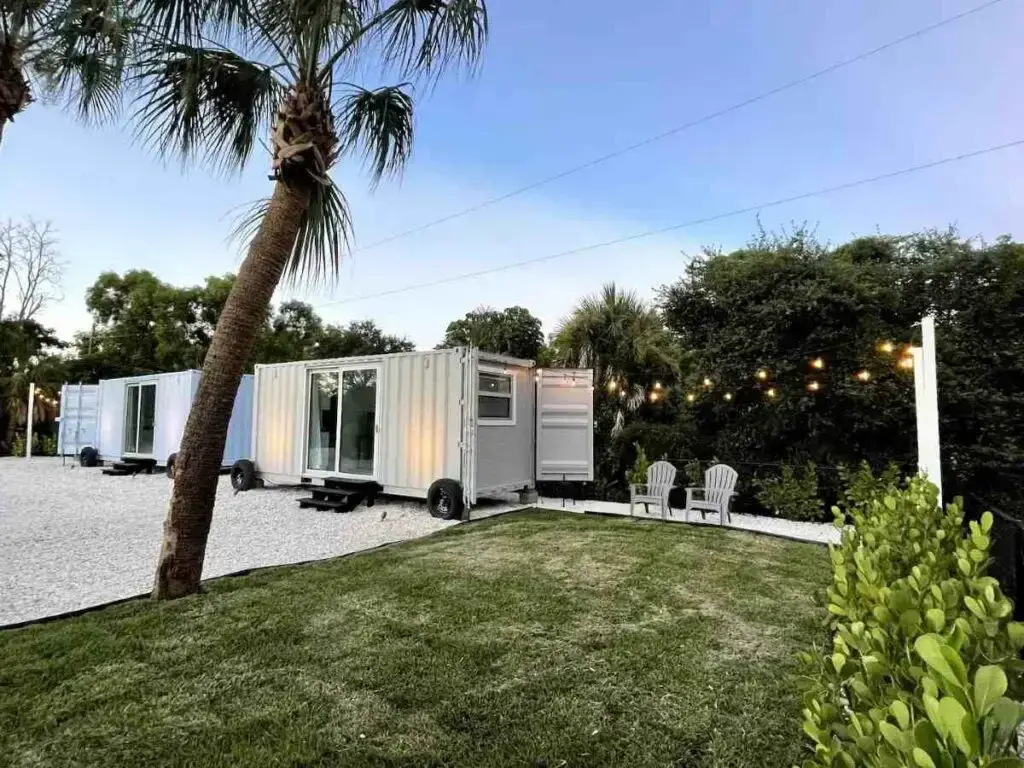
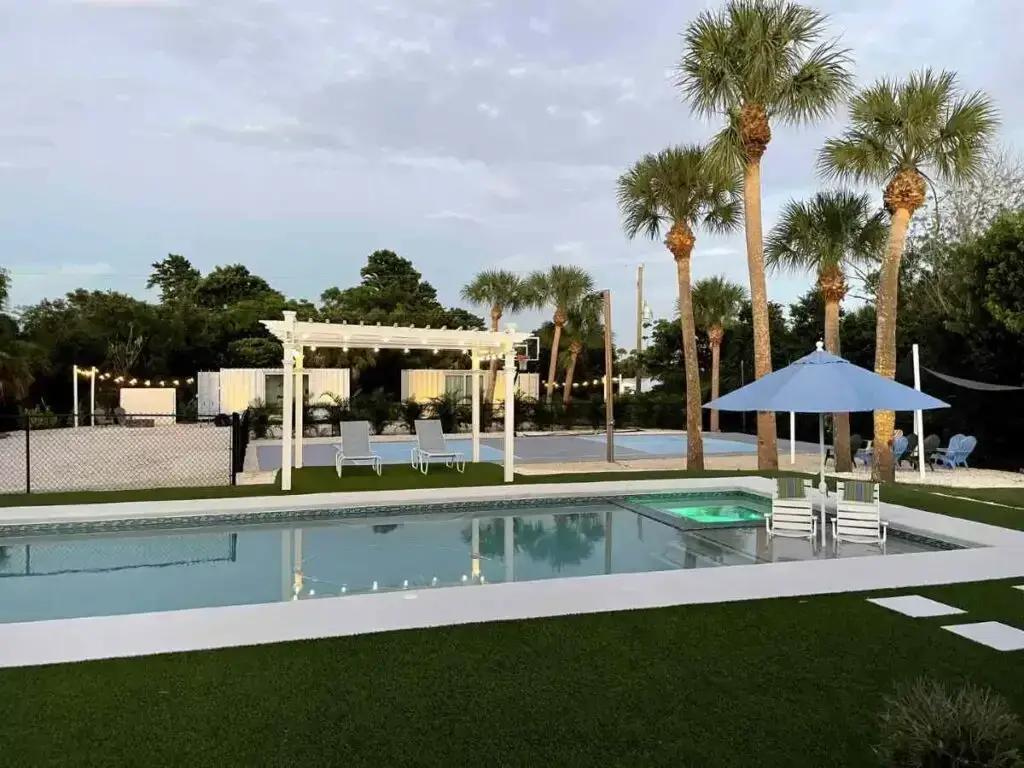
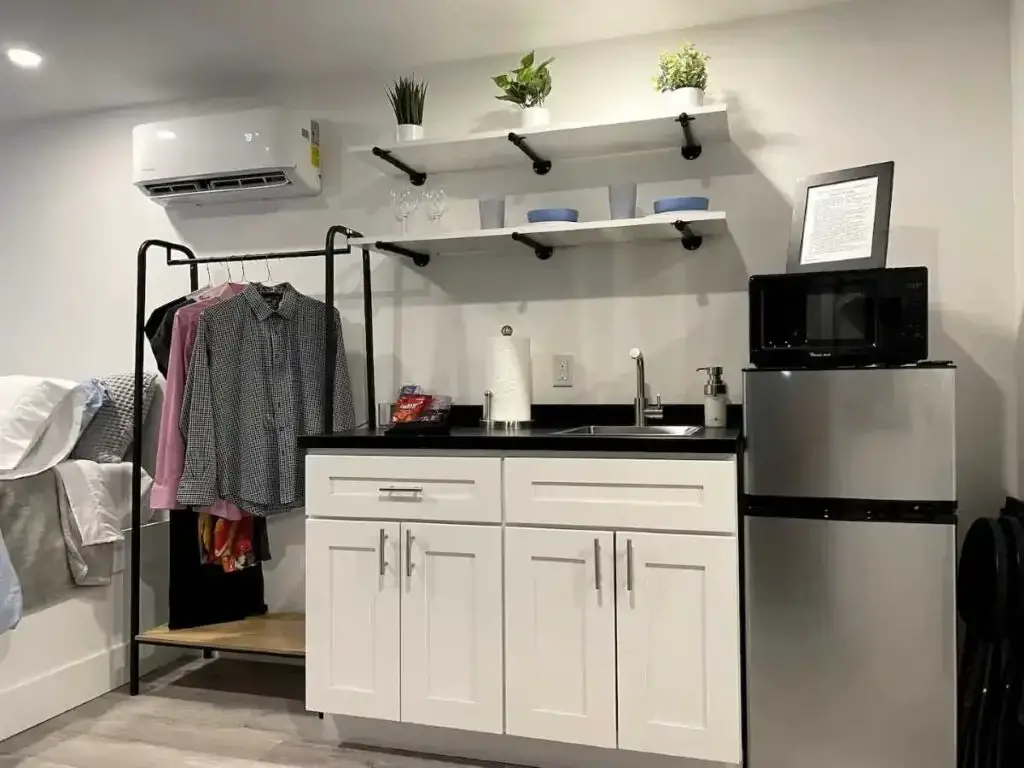
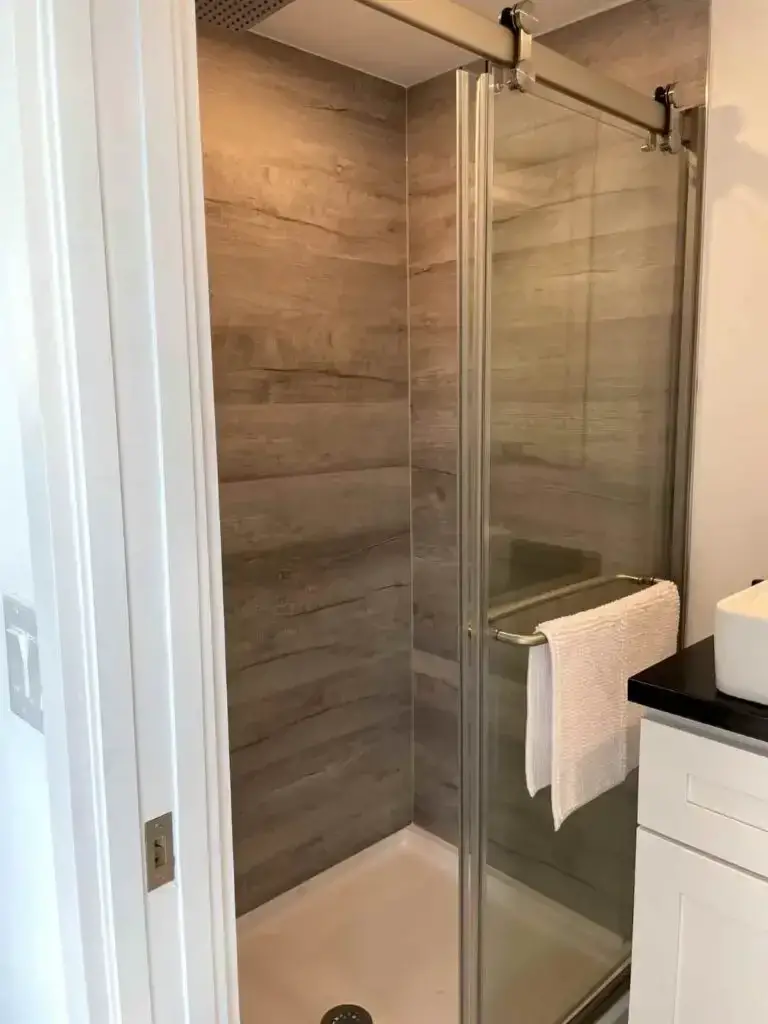
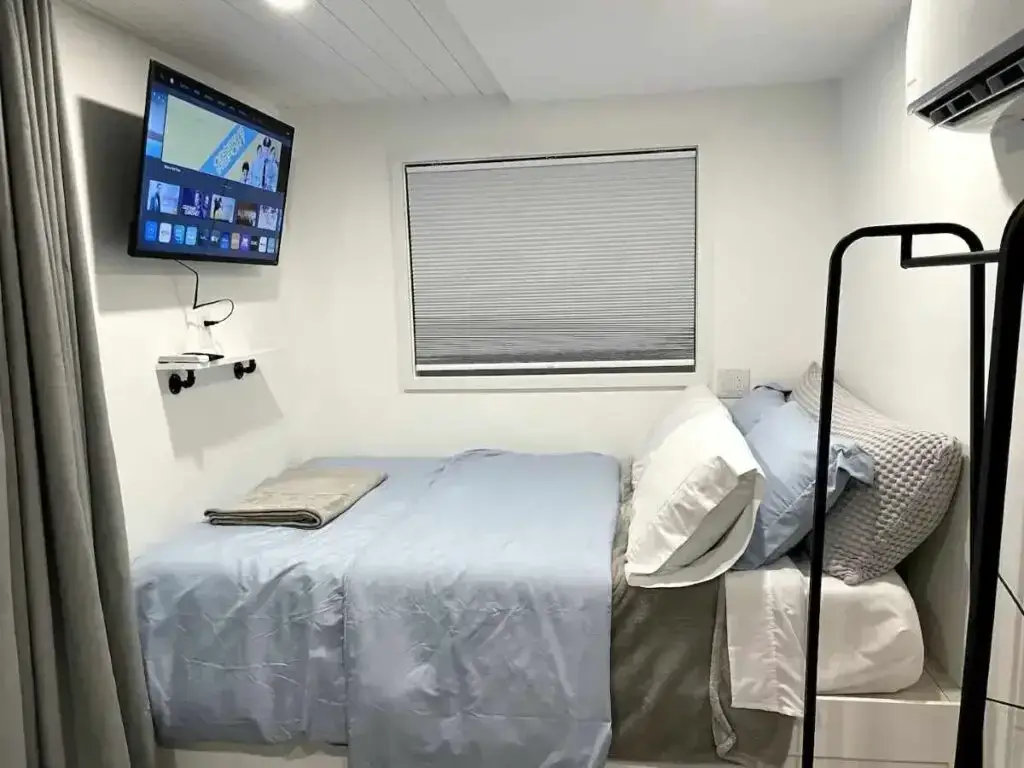
In the heart of Miami Beach, a container home enthusiast transformed six shipping containers into a luxurious beachside retreat.
With careful design and adherence to Miami’s zoning regulations and building codes, the result is a stunning two-story home with expansive ocean views. This project has become a symbol of innovative architecture and has won several design awards.
This success story showcases how container homes can blend seamlessly into the surrounding neighborhood while providing all the amenities and comfort of a traditional dwelling.
Example 2: Sustainable Urban Living

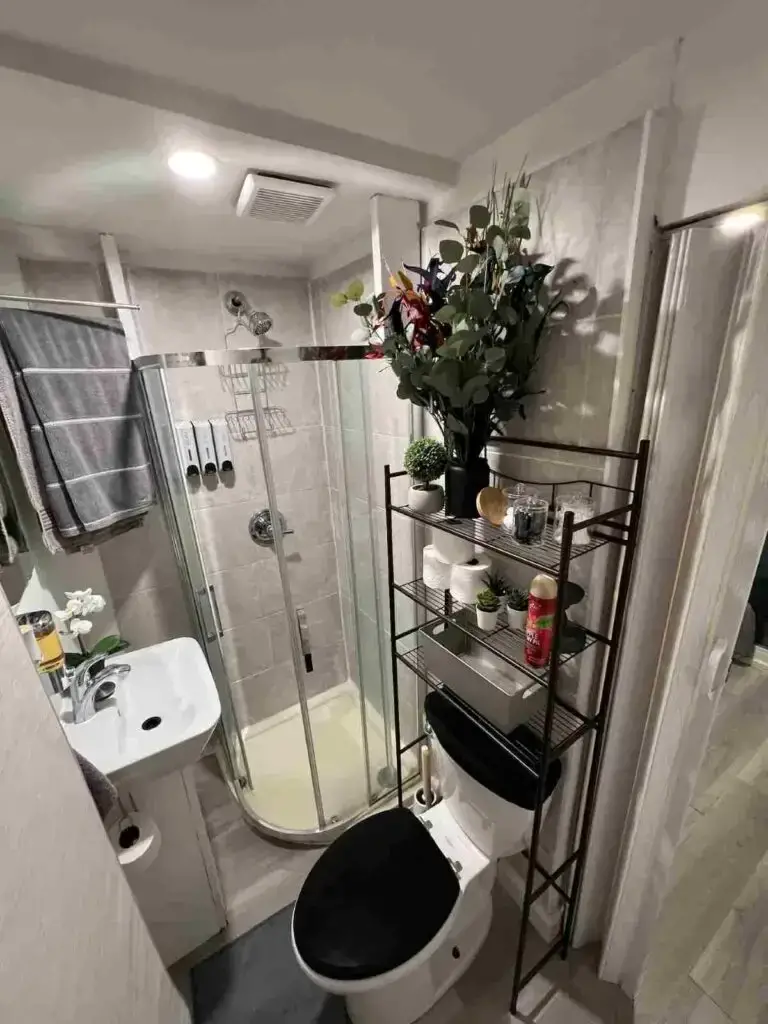
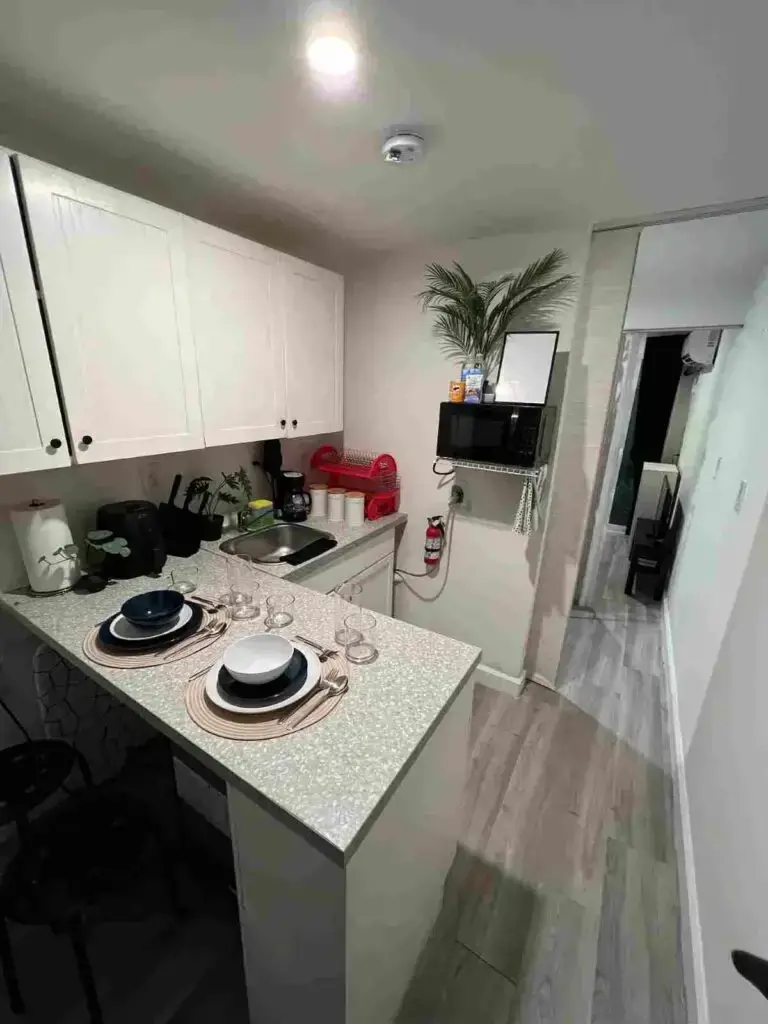
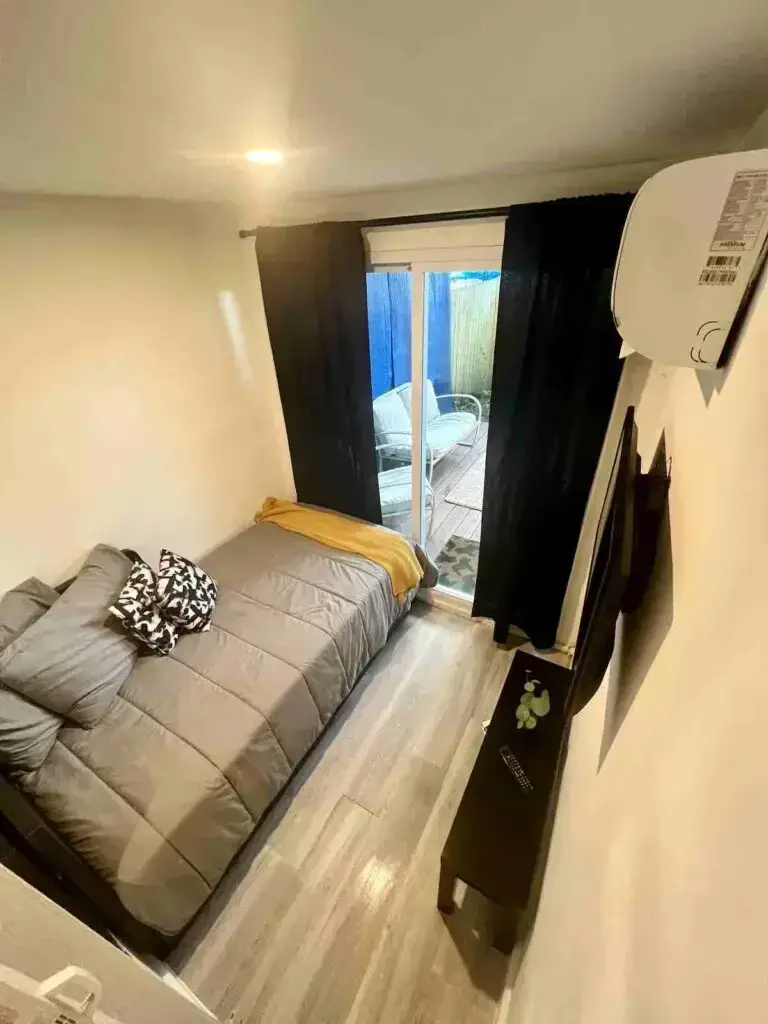
An environmentally conscious couple in the urban core of Miami created a sustainable container home to reduce their carbon footprint.
The design incorporates solar panels, rainwater harvesting systems, and natural ventilation to minimize energy consumption and environmental impact.
By following building codes and permits, the couple turned an underutilized corner lot into a model of sustainable urban living.
Their container home has been featured in several local publications and has inspired others to explore eco-friendly alternatives.
Example 3: Affordable Starter Home
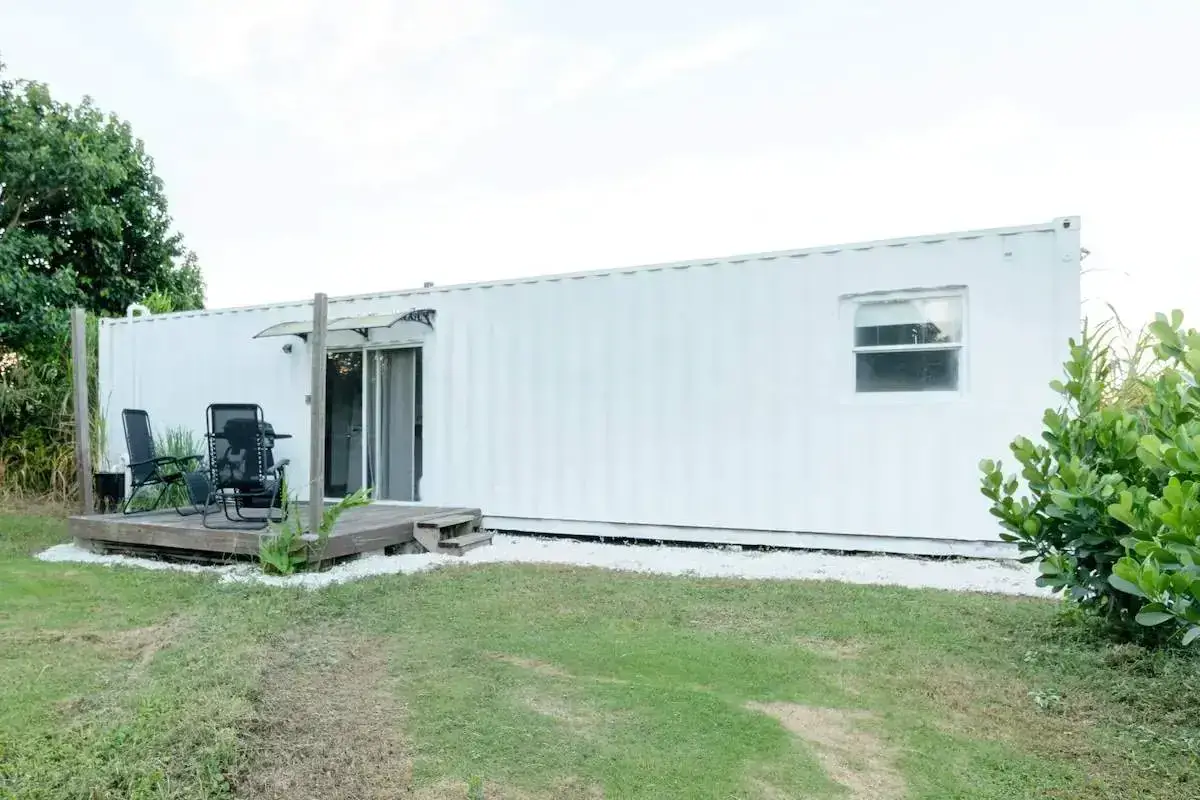

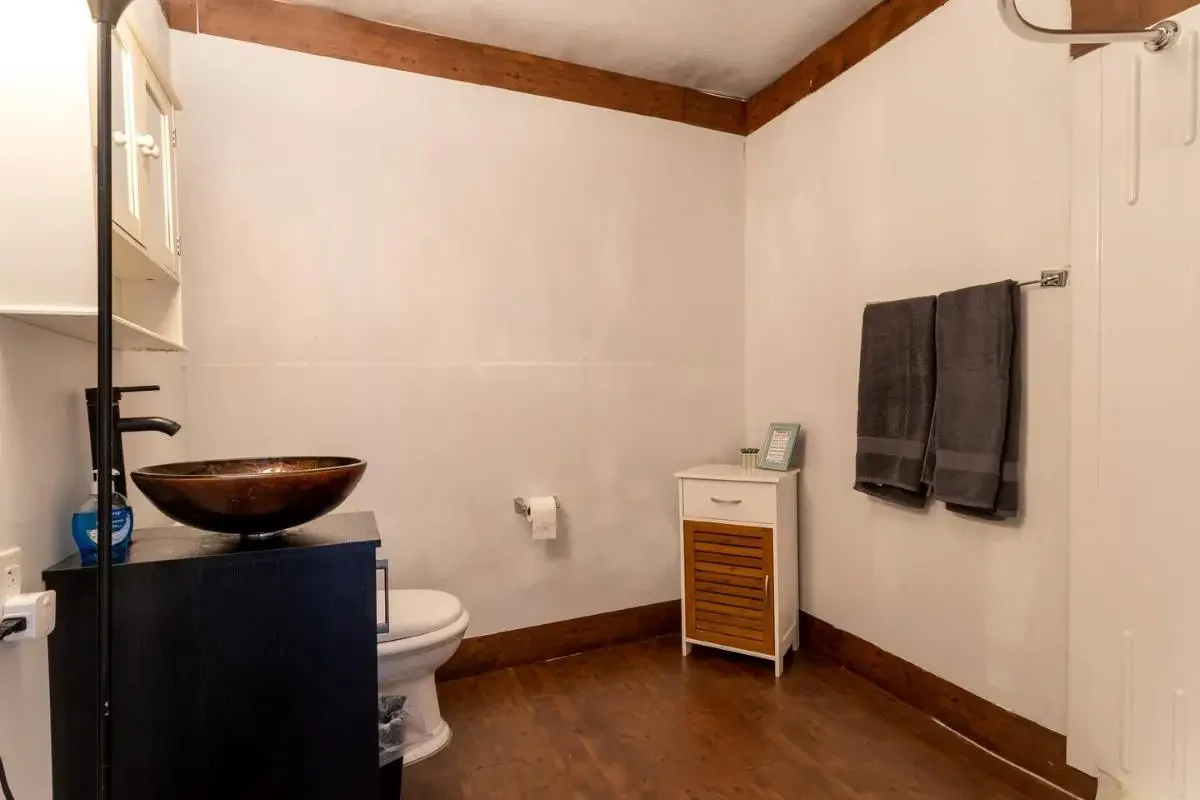
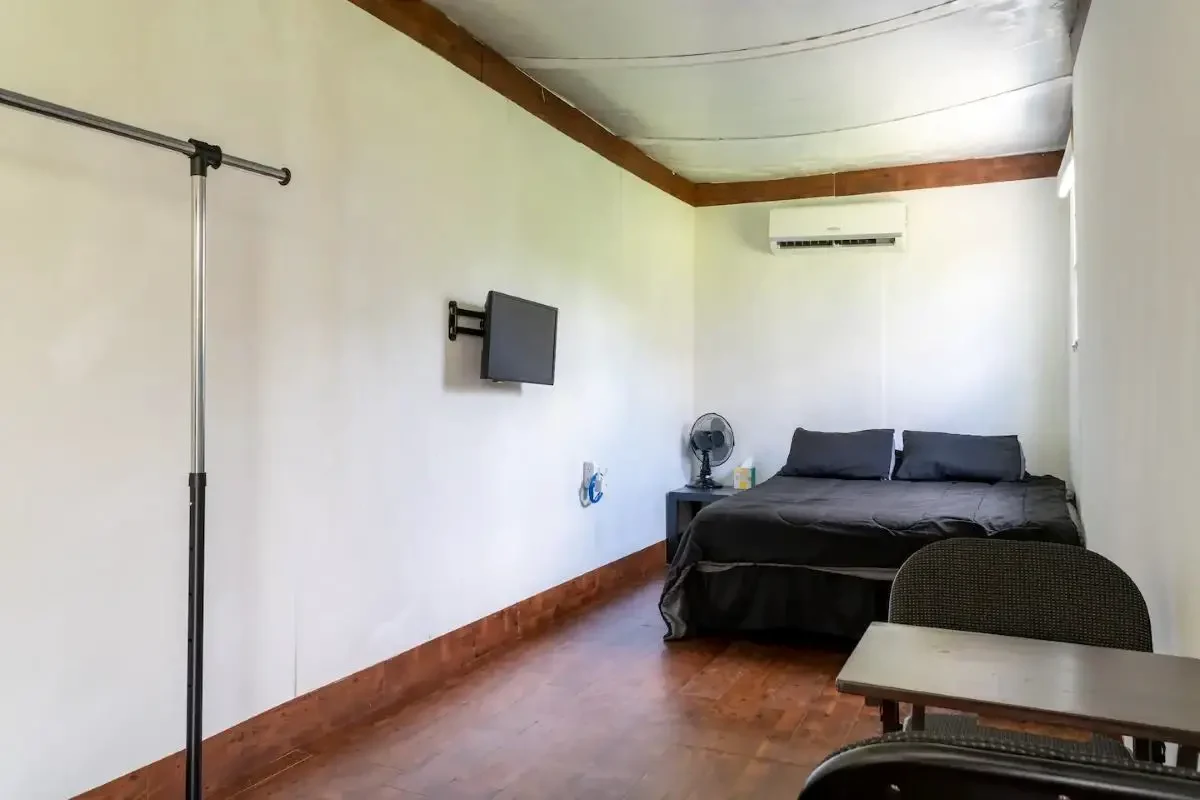
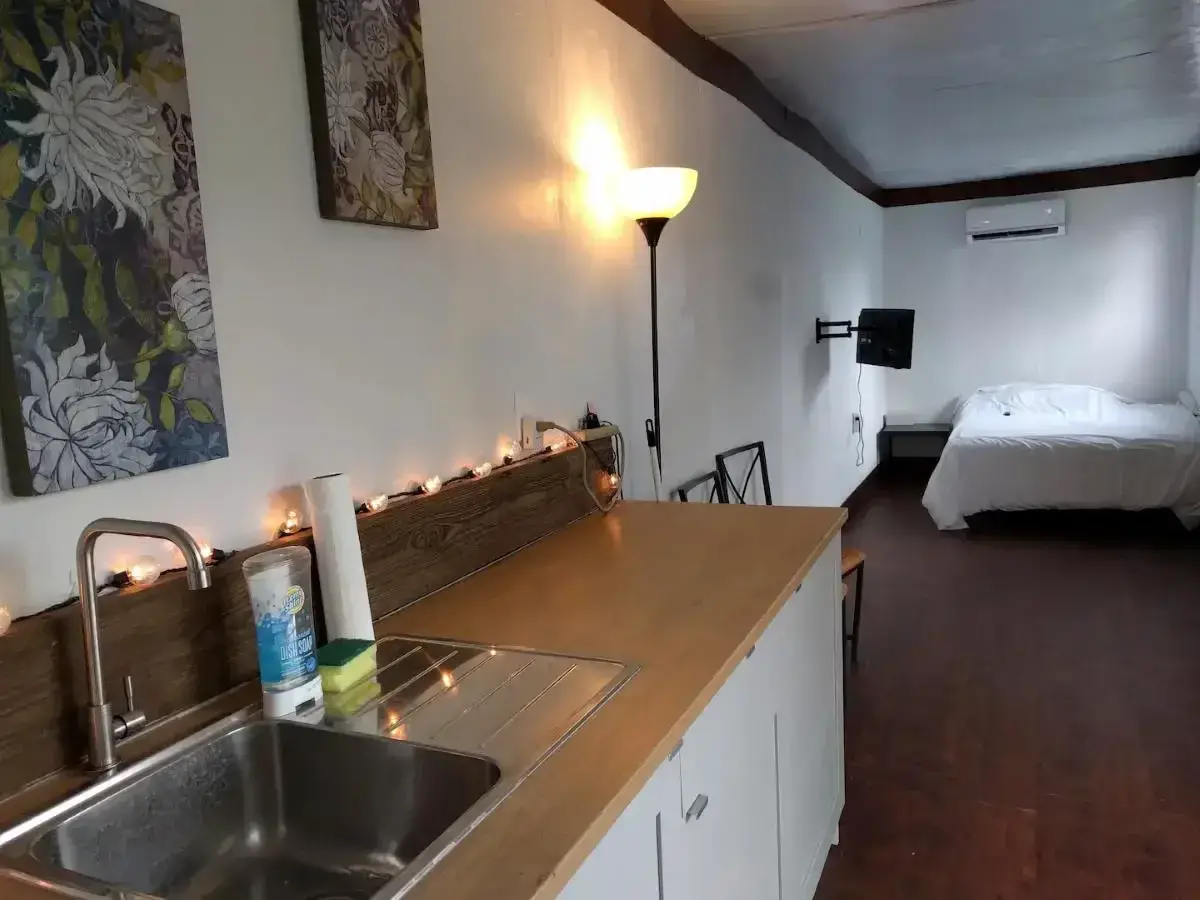
A young professional couple, facing the challenges of high housing costs in Miami, decided to build their dream home using shipping containers.
By leveraging the opportunities provided by container homes, they were able to create a stylish and affordable starter home in a desirable neighborhood.
This alternative housing solution allowed them to enter the housing market and build equity while enjoying a unique and modern living space.
The local authorities praised their compliance with zoning regulations and building codes, reinforcing the viability of container homes as a solution to Miami’s housing affordability crisis.
- Example 1 demonstrates the luxury and aesthetic appeal of container homes.
- Example 2 showcases the sustainability and eco-friendly aspects.
- Example 3 highlights the affordability and market entry opportunities.
These case studies serve as a testament to the possibilities and successes of container homes in Miami. By following the appropriate guidelines and taking advantage of expert guidance, you too can create your own unique and legally compliant container home.
Continue reading to discover the various opportunities and benefits this housing solution can bring to your life.
Read More on Shipping Container Homes In Oklahoma: Stylish and Sustainable
Opportunities and Benefits
Container homes offer a multitude of opportunities and benefits for those considering alternative housing options in Miami. Despite potential legal considerations, individuals are drawn to container homes for several compelling reasons.
A. Affordability
One of the primary advantages of container homes is their affordability. Traditional housing options in Miami can be notoriously expensive, making it difficult for many individuals to enter the real estate market.
Container homes, on the other hand, present a cost-effective solution. The use of repurposed shipping containers as the building blocks of these homes significantly reduces construction costs.
Additionally, container homes are generally more energy-efficient, leading to lower utility bills in the long run.
B. Sustainability
Container homes are a sustainable housing choice that appeals to environmentally-conscious individuals. By repurposing shipping containers that would otherwise go to waste, container homes help reduce the demand for new construction materials.
This recycling process also minimizes the carbon footprint associated with traditional home construction.
Container homes can be further enhanced with eco-friendly features such as solar panels and rainwater harvesting systems, making them even more sustainable.
C. Flexibility
The flexibility that container homes offer is another attractive feature. These homes can be easily modified, expanded, or relocated, providing homeowners with the ability to adapt to changing needs and circumstances.
Whether it’s adding an extra room, creating a rooftop garden, or moving to a different neighborhood, container homes can be customized and reconfigured with relative ease.
This adaptability makes container homes a versatile option for individuals seeking a flexible living arrangement.
Despite the potential legal considerations surrounding container homes in Miami, the opportunities and benefits they offer make them an appealing choice for many prospective homeowners.
From affordability to sustainability and flexibility, container homes present a unique and exciting opportunity to rethink traditional housing options.
Read More on How Much Is A Container Home in Florida? Your Ultimate Guide
Housing Affordability in Miami
Miami is currently facing a major housing affordability crisis. The cost of living in the city has skyrocketed in recent years, making it increasingly difficult for many residents to find affordable housing options.
As property prices continue to rise, traditional homeownership becomes unattainable for a significant portion of the population.
However, container homes offer a promising solution to this problem. These innovative dwellings are not only stylish and environmentally friendly but also more affordable compared to traditional homes.
By repurposing shipping containers, individuals and families can achieve their dream of homeownership at a fraction of the cost.
Analysis of How Container Homes Can Potentially Address Affordability Issues
While traditional housing prices continue to soar, container homes can provide an alternative that is both affordable and functional. These homes are constructed using recycled materials, reducing construction costs significantly.
The overall cost of a container home in Miami tends to be lower than that of a conventional house. Additionally, container homes require less maintenance, resulting in long-term cost savings for homeowners.
Furthermore, container homes can be built in a relatively short period, cutting down on construction time and costs.
This means that individuals looking for affordable housing options in Miami can move into their new container homes sooner rather than later.
Container homes also promote sustainable living and energy efficiency. Many container home designs incorporate energy-efficient features and alternative energy sources, such as solar panels. This not only contributes to a greener environment but also results in reduced utility bills for homeowners.
It is important to note that while container homes offer affordability, there are still potential hurdles to consider.
Why you Need to Follow Zoning Regulations and Building Codes in Miami
Zoning regulations and building codes in Miami need to be carefully followed to ensure that container homes meet all legal requirements. Additionally, finding suitable locations within neighborhoods that allow container homes can sometimes be challenging.
Overall, container homes provide an exciting opportunity for tackling the housing affordability crisis in Miami.
By offering a more affordable and sustainable housing option, container homes have the potential to help individuals and families achieve their dream of homeownership in this vibrant city.
Florida Real Estate Market
The Florida real estate market is a bustling industry with a wide range of options for homeowners and investors.
With its warm climate, beautiful beaches, and vibrant culture, it is no wonder that many people are interested in purchasing property in the Sunshine State.
When it comes to container homes, the real estate market in Florida offers unique opportunities. Container homes have gained popularity as a cost-effective and eco-friendly housing option in recent years.
In a state like Florida, where hurricanes and tropical storms are a regular occurrence, container homes can provide a secure and durable solution.
Container homes are also an attractive option for buyers who are looking for something different. With their modern and minimalist design, container homes offer a unique aesthetic that appeals to those who want to stand out from the crowd.
In addition, container homes can be easily customized and personalized to suit individual tastes and needs.
In Miami specifically, there is a growing demand for alternative housing options. The city’s population is increasing, and affordable housing is becoming scarce.
Container homes present an affordable and innovative solution for residents who want to own a home in the city.
Real estate investors are also taking notice of the potential of container homes in Miami. With the rising demand for short-term rentals and vacation properties, container homes can provide a lucrative investment opportunity.
Their flexibility and mobility make them ideal for short-term rentals, and their unique design can attract vacationers looking for a memorable and Instagram-worthy experience.
Overall, the Florida real estate market offers a promising landscape for container homes. With their affordability, durability, and customizable design, container homes have the potential to meet the housing needs of both residents and tourists in Miami.
Additional Resources and Expert Guidance
When exploring the legal aspects of container homes in Miami, it is crucial to have access to accurate and reliable information. Here are some resources and experts who can provide valuable guidance:
A. Government Websites
For specific information on container homes in Miami, it is recommended to visit the following government websites:
- Miami-Dade County Office of Zoning and Permits: This website provides zoning regulations, building codes, and permits required for container homes in Miami.
- City of Miami Building Department: The City of Miami Building Department offers information on construction guidelines and requirements for container homes.
B. Legal Professionals, Architects, and Builders
Consulting with legal professionals, architects, or builders with expertise in container home construction can be extremely beneficial.
They can provide insight into the legal intricacies and help navigate through the process. Here are a few individuals and firms in Miami specialized in container home projects:
- Phil Revah – Container Home Attorney: With years of experience in container home regulations, Phil Revah can offer legal advice and guidance on building container homes in Miami.
- Wyn-Box: This architecture firm specializes in container home design and can provide valuable expertise in designing container homes that meet Miami’s legal requirements.
- Giant Containers: As one of the leading container home builders in Miami, they have a comprehensive understanding of the construction process and can guide you through the necessary steps.
Read More on Shipping Container Homes in Oregon: Sustainability And Style
C. Importance of Expert Guidance
Understanding the specific legal context of container homes in Miami requires expert guidance. Each city may have its own regulations and restrictions, which can be complex and difficult to navigate without assistance.
By working with professionals who have experience in container home projects, you can ensure compliance with Miami’s legal requirements and avoid potential legal issues.
Conclusion
After diving deep into the topic of container homes in Miami, it is clear that there are many important factors to consider.
From zoning regulations and building codes to location restrictions and environmental considerations, the road to building a container home in Miami may not be easy.
Throughout this content plan, we have explored the challenges and potential hurdles that may arise when pursuing a container home project.
However, we have also highlighted case studies and success stories that demonstrate the opportunities and benefits of living in a container home.
It is essential to recap the key points discussed throughout this content plan. Understanding the zoning regulations and building codes in Miami is crucial before embarking on a container home project.
Additionally, considering location and neighborhood restrictions, as well as environmental considerations, will ensure a smooth and successful project.
Despite the challenges, container homes provide unique opportunities for affordable and sustainable housing in Miami.
The Florida real estate market offers potential for growth and investment in container home projects. With additional resources and expert guidance, individuals interested in container homes can explore further and gather accurate and up-to-date information on container home legality in Miami.
It is time to take the next step and delve into the world of container homes in Miami. Begin your journey by accessing the appendices for additional resources and expert guidance that will assist you in making informed decisions about container home legality in Miami.
Read More on Container Pools In Brisbane: Expert Review

